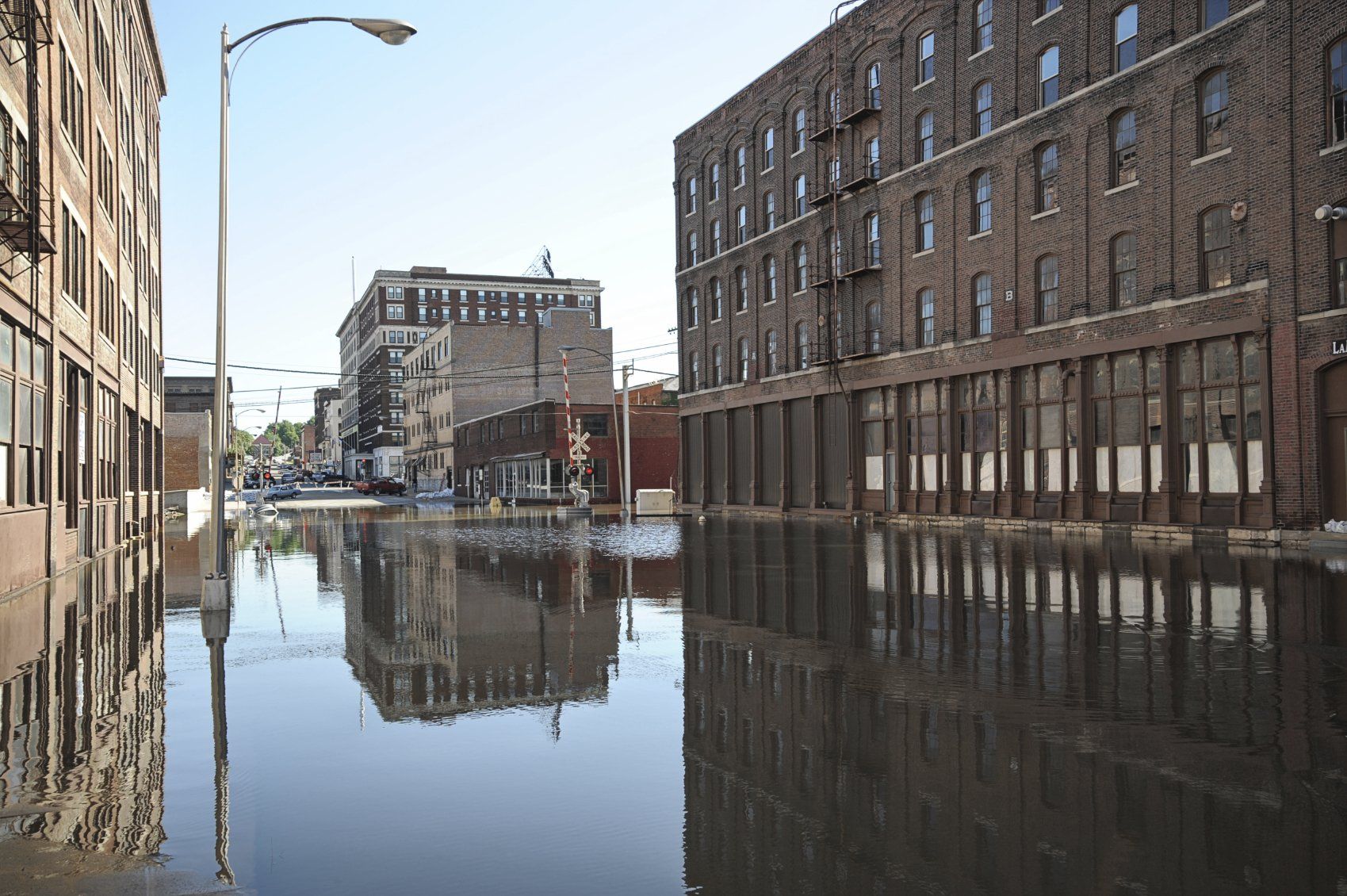Other Contamination in Category 2 & 3 Water

As we discussed in my previous blogs, sometimes the Category of water damage (i.e., the presence or absence of contamination in water and its risk to building occupants) can’t be determined by the water damage restoration technician’s preliminary determination. In such situations, Indoor Environmental Professionals (IEPs) are required to determine things like the water’s cleanliness, the water’s location, the type of building materials impacted, the potential for risk to workers and other building occupants, and the protocol for remediation (i.e., a corrective action plan) where contaminated water is observed. Such a determination of water cleanliness and its potential to cause harm to occupying persons may include a single-phased laboratory analysis of sample(s) collected by the IEP or may include a multi-phase laboratory analysis. In my previous blogs, we touched on some tests available to IEPs concerned with the bacterial load in the water; for example, sewage-screening, Heterotrophic Plate Count (HPC), and/or Bacteria Genus ID per organism (BGI). But the bacterial load is only one potential contaminant found in water that could impact its cleanliness and ability to cause disease or death to those exposed to it. In this blog, I want to give you an idea about some of the other contaminants that I’ve found in water during my testing of water damaged environments.
Oil. During a hurricane, a building’s oil tank was damaged, resulting in a leak of oil from the tank. When the water entered the building, it carried with it the oil. The result was an oil-based contaminated water that released oil-based fumes into the atmosphere.
Pesticides. Many buildings located along agricultural fields have been exposed to water carrying pesticides (used in the agricultural process) into the building. The result is the water has varying levels of chemicals which release fumes into the atmosphere.
Toxic Organic Substances. Often flood waters mix existing contaminants in soil and waterways forming a soup of substances that, directly or indirectly (e.g., in the form of emissions), pose varying levels of risk to building occupants exposed to them.
As you may have gathered from reading these few examples, there are secondary types of indoor environmental hazards associated with some water damaged environments; those in the air. These environmental stressors don’t determine the Category of the water damage in and of themselves, as they aren’t specifically related to the water’s cleanliness. They have more to do with the indoor air quality (IAQ) associated with the water damaged building, which could be related to water cleanliness or stand apart from it.
Whatever the known, suspect, or potential hazards associated with water damage, the IEP is required to be competent in determining the sampling methodology necessary to answer specific questions related to his or her assessment service, because the IEP will be making these decisions while performing the assessment and utilizing the laboratory analysis to make key decisions (e.g., whether the water is clean or not, whether the water poses a hazard to building occupants, and whether remediation is necessary). This is not the same as mold assessments, so, please, don’t confuse the qualification to perform mold assessments as the same as performing Category determination assessments. So, if you find yourself in a situation where a preliminary determination can’t determine the Category of water damage in your home or office, contact Gulf Coast Center for Indoor Air Quality Services and let’s discuss how we can serve you. Our assessors have the necessary college education, industry training, and peer-reviewed accreditations to perform Category determination assessments; furthermore, our assessors have been peer-reviewed and accredited to write protocols for remediation (i.e., corrective action plans) if the need arises. What does this mean for you? It means you have a qualified, unbiased professional at your service who can help you protect the well-being of all building occupants and justify the cost of water damage restoration and water damage remediation projects.
E-mail: myiaq@gulfcoastiaq.com
Call Us: 888 762 6322
Gulf Coast IAQ Headquarters
P.O. Box 181138
Tallahassee, FL 32318











All Rights Reserved | Gulf Coast Center for Indoor Air Quality Services LLC